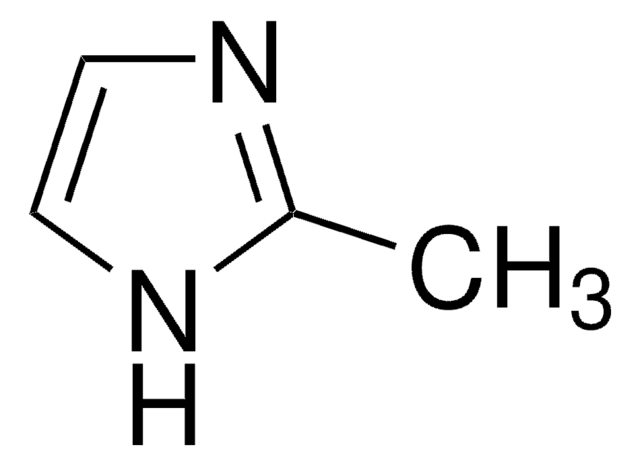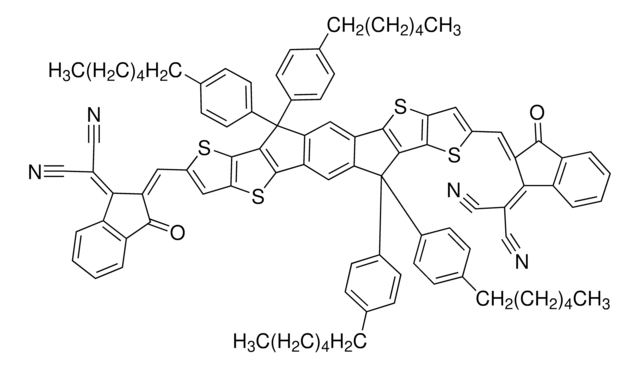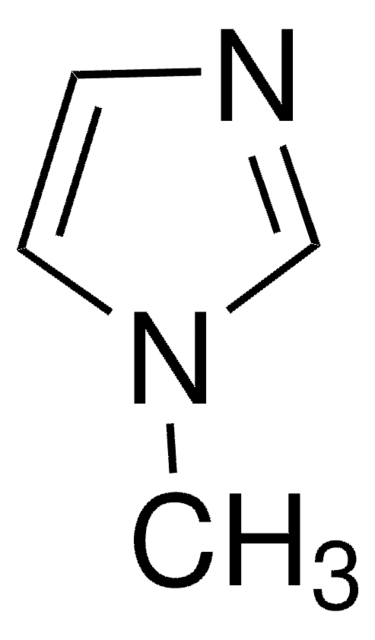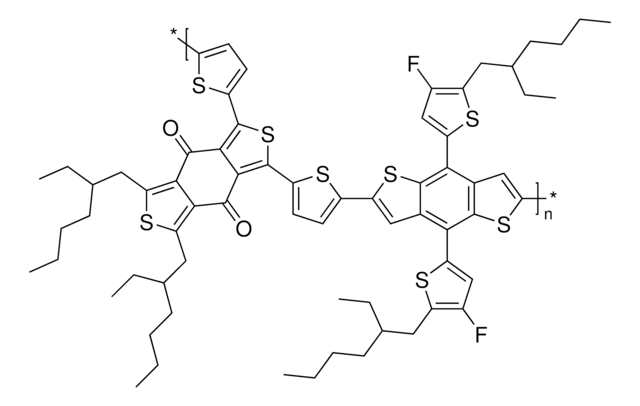Kluczowe dokumenty
935719
Cobalt(II) nitrate hexahydrate
≥99.9% trace metals basis
Synonim(y):
Sześciowodny azotan kobaltu, Sześciowodzian dwuazotanu kobaltu
About This Item
Polecane produkty
klasa czystości
for analytical purposes
Poziom jakości
Próba
≥99.9% trace metals basis
Formularz
powder, crystals or granules (Chunks)
charakterystyka ekologicznej alternatywy
Design for Energy Efficiency
Learn more about the Principles of Green Chemistry.
sustainability
Greener Alternative Product
kolor
faint red to very dark red
mp
55 °C (lit.)
rozpuszczalność
soluble, clear to slightly hazy
kategoria ekologicznej alternatywy
ciąg SMILES
O.O.O.O.O.O.[Co++].[O-][N+]([O-])=O.[O-][N+]([O-])=O
InChI
1S/Co.2NO3.6H2O/c;2*2-1(3)4;;;;;;/h;;;6*1H2/q+2;2*-1;;;;;;
Klucz InChI
QGUAJWGNOXCYJF-UHFFFAOYSA-N
Szukasz podobnych produktów? Odwiedź Przewodnik dotyczący porównywania produktów
Opis ogólny
Zastosowanie
Został również wykorzystany jako podstawowy materiał prekursorowy w syntezie nanokryształów Co3O4 o różnych kształtach, takich jak nanosheets, nanocubes i nanobelts jako katalizator spalania metanu.
Co więcej, reakcja heksahydratu azotanu kobaltu(II) z heksahydratem azotanu niklu(II) prowadzi do wytworzenia nanosieci warstwowego podwójnego wodorotlenku niklowo-kobaltowego w obecności metanolu i CTAB, który jest stosowany jako wysokowydajny elektrokatalizator do wydzielania tlenu.
Ponadto, proszek prekursora heksahydratu azotanu kobaltu(II) jest kalcynowany w celu wytworzenia nanorurek Co3O4 metodą syntezy szablonowej. Utworzone nanorurki, nanopręty i nanocząstki Co3O4 są wykorzystywane w systemach wykrywania gazu i jako materiały anodowe do akumulatorów litowo-jonowych
Wodorotlenek kobaltu i warstwowe podwójne wodorotlenki (CH@LDH) zostały zsyntetyzowane przy użyciu heksahydratu azotanu kobaltu(II) jako nośnika siarki do akumulatorów litowo-siarkowych.
Dobrze zbadano, że heksahydrat azotanu kobaltu(II) jest stosowany jako heterogeniczny katalizator Co/SiO2 na nośniku krzemionkowym do syntezy Fischera-Tropscha.
Heksahydrat azotanu kobaltu(II) jest również stosowany jako katalizator do syntezy pochodnych 5-karboksyanilido-dihydropirymidynonu w reakcji kondensacji acetoacetanilidu, aldehydu i mocznika/tiomocznika.
Hasło ostrzegawcze
Danger
Zwroty wskazujące rodzaj zagrożenia
Zwroty wskazujące środki ostrożności
Klasyfikacja zagrożeń
Acute Tox. 4 Oral - Aquatic Acute 1 - Aquatic Chronic 1 - Carc. 1B Inhalation - Eye Dam. 1 - Muta. 2 - Ox. Sol. 2 - Repr. 1B - Resp. Sens. 1 - Skin Sens. 1 - STOT RE 2 Inhalation
Organy docelowe
Lungs
Kod klasy składowania
5.1B - Oxidizing hazardous materials
Klasa zagrożenia wodnego (WGK)
WGK 3
Temperatura zapłonu (°F)
Not applicable
Temperatura zapłonu (°C)
Not applicable
Wykazy regulacyjne
Wykazy regulacyjne dotyczą głównie produktów chemicznych. Można w nich podawać ograniczoną liczbę informacji na temat produktów niechemicznych. Brak wpisu oznacza, że żaden ze składników nie znajduje się w wykazie. Użytkownik odpowiada za zagwarantowanie bezpiecznego i zgodnego z prawem stosowania produktu.
EU REACH SVHC Candidate List
EU REACH Annex XVII (Restriction List)
Wybierz jedną z najnowszych wersji:
Certyfikaty analizy (CoA)
It looks like we've run into a problem, but you can still download Certificates of Analysis from our Dokumenty section.
Proszę o kontakt, jeśli potrzebna jest pomoc Obsługa Klienta
Masz już ten produkt?
Dokumenty związane z niedawno zakupionymi produktami zostały zamieszczone w Bibliotece dokumentów.
Nasz zespół naukowców ma doświadczenie we wszystkich obszarach badań, w tym w naukach przyrodniczych, materiałoznawstwie, syntezie chemicznej, chromatografii, analityce i wielu innych dziedzinach.
Skontaktuj się z zespołem ds. pomocy technicznej













